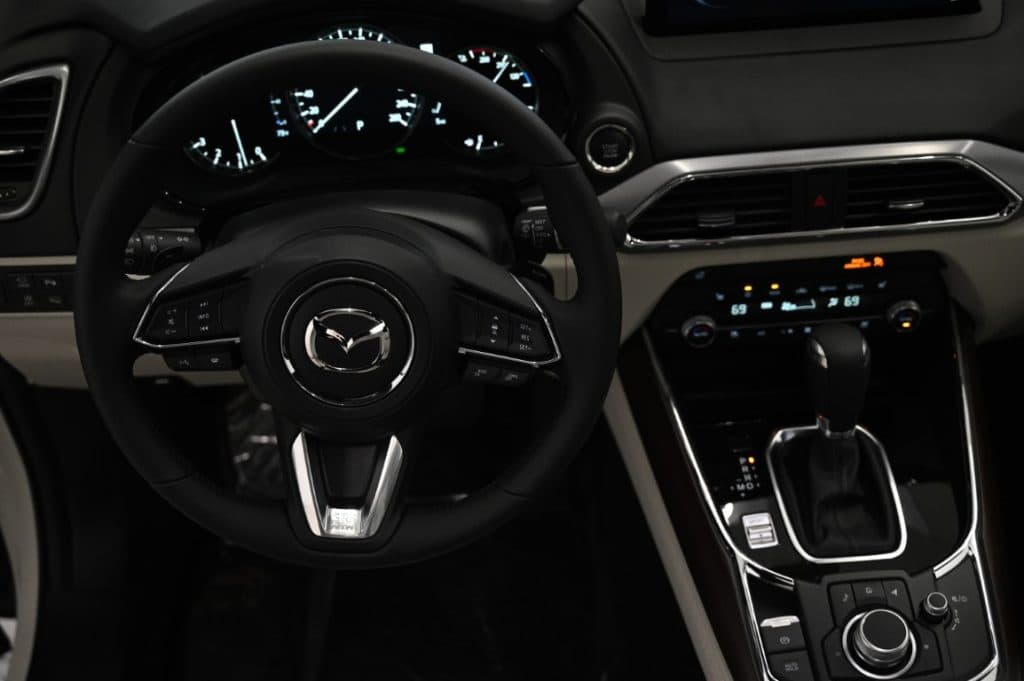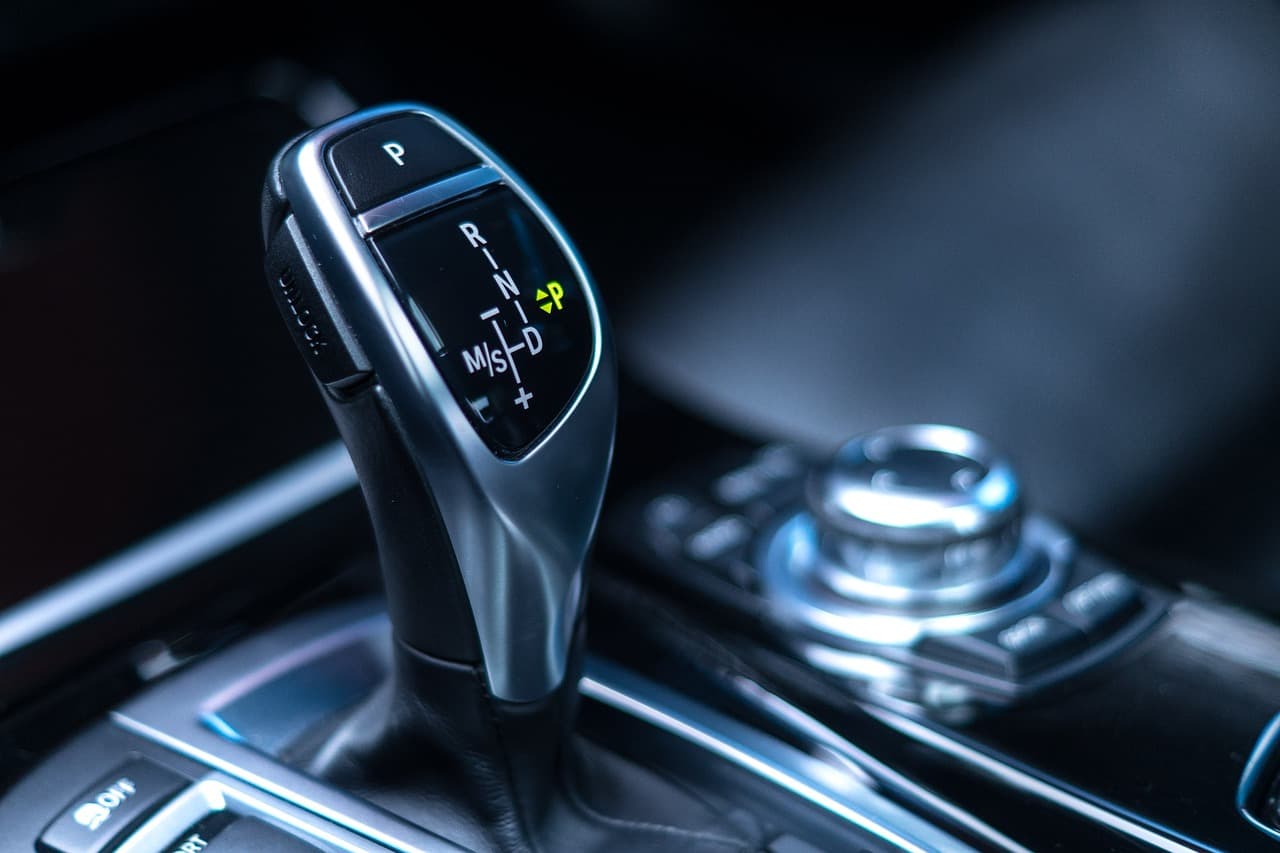Table of Contents
- Introduction
- How to shift your gears correctly
- Conclusion
- FAQs on shifting gears
- Q1. What is gear shifting, and why is it important?
- Q2. How does gear shifting affect fuel efficiency?
- Q3. How does proper gear-shifting technique affect the longevity and performance of a vehicle?
- Q4. Is gear shifting necessary in automatic cars?
- Q5. What resources can I consult to improve my gear-shifting technique?
Home » Understanding How Shifter Moves Affect Gear Changes in Your Vehicle
Introduction
Gear shifting is an essential component of driving a manual transmission vehicle. However, many drivers may not be aware of the proper techniques for shifting gears. This article will discuss the importance of proper gear-shifting techniques and how they can improve the overall driving experience.
So we are going to review what a shifter is, how to use it, and one of the biggest things that people don’t grasp is the difference between automatic and manual shifters. We know this sounds silly, but at a fundamental level, there is more of a difference than the car just doing it for you.
So keep on reading to find out everything you need to know about shifting in your car and how to avoid issues with it.
Understanding How Shifter Moves Affect Gear Changes in Your Vehicle
When it comes to the inner workings of a vehicle, one of the most important systems is transmission. This system controls the power transmitted from the engine to the wheels, allowing the vehicle to move at different speeds. So you can understand how it is pretty important to know how and why, shifters respond to your input in your car.
The transmission is controlled by a component called the shifter, which is the thing that is in charge of changing gears. When the shifter is moved, it changes the position of the gears within the transmission, allowing the vehicle to change speed. However, it’s important to note that not all shifter moves result in a gear change.
To better understand how shifter moves affect gear changes, it’s important first to understand the different types of shifters that’s commonly found in vehicles.
Manual Transmissions
Manual transmissions, also known as “stick shifts,” are controlled by a shifter lever that is usually located on the vehicle’s center console. The driver uses this lever to change gears manually by moving the lever into different positions. In a manual transmission, the gears are typically indicated by numbers or letters on the shifter lever or the gearshift knob.

Manual transmissions have a set of gears that’re connected to the engine by a clutch. When the driver wants to change gears, they must first press the clutch pedal to disconnect the gears from the engine. They can then move the shifter into the desired gear. After that, they release the clutch pedal to reconnect the gears to the engine. This process is known as “clutching.”
Automatic Transmissions
On the other hand, automatic transmissions use a complex set of gears and clutches controlled by a computer rather than a manual lever. The computer uses sensors to determine the engine’s speed and torque and adjust the transmission accordingly. This means that the driver doesn’t have to manually shift gears, as the transmission will do it automatically.
In an automatic transmission, the shifter is usually located on the center console of the vehicle, and is indicated by a series of letters such as “P,” “R,” “N,” “D,” and “L.” These letters indicate the different gear ranges that the transmission can be in. For example, “P” stands for “park,” “R” stands for “reverse,” “N” stands for “neutral,” “D” stands for “drive,” and “L” stands for “low.”
The Role of the Shifter Solenoid
In both manual and automatic transmissions, a shifter solenoid plays a key role in controlling the gear changes. This is a small electrical component that controls the flow of fluid to the transmission. When the shifter is moved, it sends a signal to the shifter solenoid, which then adjusts the flow of fluid to the transmission, allowing the gears to change.
However, it’s worth noting that a failed shifter solenoid can also cause gear-shifting problems, as it will not be able to control the flow of fluid to the transmission, thus the gear will not change.
How to shift your gears correctly
So, how do you shift gears properly, as it sounds like there are a bunch of ways that you can do it wrong? The first step is to ensure that the clutch is fully engaged before shifting gears. This means pressing the clutch pedal to the floor and releasing it slowly as you shift gears. It’s also important to pay attention to the engine’s RPMs (revolutions per minute).
Each gear has a specific RPM range in which it should be shifted. As you begin to shift gears, it’s important to match the engine’s RPMs to the appropriate gear’s RPM range. This is for manual cars, as you manually control the gear shifting… right?
It’s also important to note that proper gear-shifting techniques vary based on your vehicle type. Therefore, it’s a good idea to consult your vehicle’s owner’s manual for specific instructions on gear shifting.
Conclusion
To sum it all up… gear shifting is important to understand and correctly do in your car. If you have an automatic car it isn’t going to be a huge deal but a manual… it’s kind of a big thing. Proper gear-shifting techniques are essential for ensuring the longevity and performance of the vehicle, improving fuel efficiency, and enhancing the overall driving experience. By paying attention to the clutch and RPMs and consult the vehicle’s owner’s manual as that will always have all the info you need to have at your finger tip.
FAQs on shifting gears
Q1. What is gear shifting, and why is it important?
Gear shifting refers to the process of selecting the appropriate gear ratio for the car to operate in, order to use the engine power and improve the driving experience efficiently. It is important to understand and correctly do gear shifting to ensure the longevity and performance of the vehicle, as well as improve fuel efficiency and enhance the overall driving experience.
Q2. How does gear shifting affect fuel efficiency?
Proper gear-shifting techniques can improve fuel efficiency by allowing the car to operate in the most efficient gear ratio, reducing engine strain and wasted power.
Q3. How does proper gear-shifting technique affect the longevity and performance of a vehicle?
Proper gear-shifting techniques can help prolong the life of a vehicle’s transmission by reducing strain on the gears and allowing them to engage smoothly. It also helps to improve the vehicle’s performance by allowing it to operate at the most efficient gear ratio.
Q4. Is gear shifting necessary in automatic cars?
Gear shifting is not necessary in automatic cars as the transmission will automatically select the appropriate gear ratio based on the car’s speed and power needs.
Q5. What resources can I consult to improve my gear-shifting technique?
To improve your gear-shifting technique, you can consult the vehicle’s owner’s manual, pay attention to the clutch and RPMs, or seek advice from a professional mechanic or driving instructor.


